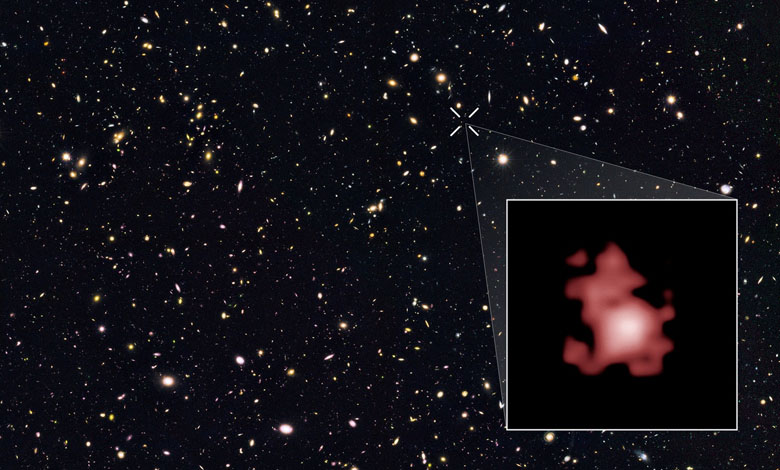James Webb: the record for the most distant galaxy already broken?

Just yesterday, we were telling you about GLASS-z13 (GL-z13) discovered by the JWST and take a step back from its title as the oldest galaxy ever observed. The discovery, a few days after the official commissioning of the telescope, had made the rounds of social networks.
A discovery that requires taking a step back and which must also be the subject of additional observations in order to be confirmed. Although early data is promising according to astronomers, that may soon no longer matter.
New title contenders
In a series of papers published Monday on arXiv, scientists identified three new galaxies that may be even older. But how do they do it?
With the expansion of the universe, the visible light of the very first galaxies “shifts” towards red. In reality, it is the wavelengths that stretch with distance, an easily observable phenomenon when an ambulance passes by, the siren of which becomes more and more serious with distance, this is the Doppler effect. .
Thus the light waves will tend to shift towards the red (whose wavelength is greater than blue) then into the infrared, the preferred domain of the JWST instrumentation. To measure this shift, scientists use a parameter called z. The higher its value, the greater the recoil. So z = 1 corresponds to 7.7 billion years and z = 10 corresponds to about 13.2 billion years.
In the articles published on Monday, the astrophysicist presents a galaxy whose z is greater than 14, while at the same time, three other articles speak of galaxies whose z is greater than 16 (i.e. 13.6 billion years old) one of which has a z of 16.7 (i.e. 250 million years after the Big Bang).
Obviously, these data remain to be verified, just like for GL-z13 which is probably living its last hours of glory, to the delight of astronomers.












